The village of Hasroun is located in the Bcharre district of North Lebanon. Its name derives from the Phoenician word for fortress. Perched atop the Qadisha Valley 1,400m above sea level, Hasroun offers visitors unparalleled views, beautiful nature trails, religious sites and a much-needed break from city life.
ESCAPE THE CONCRETE JUNGLE

Photo – Ramzi Semrani
Hasroun is often called “the Rose of the Mountain” which can be attributed to the many red-tiled roofs that color the green foliage surrounding it. The village reminds visitors of a different time, with traditional stone houses and low-rise buildings. The most common home you’ll find in Hasroun is the typical Lebanese “central-hall” style house: a two-story building with arched windows and high ceilings, seamlessly combining the natural views outside with the structure.
EMBARK ON A SPIRITUAL JOURNEY
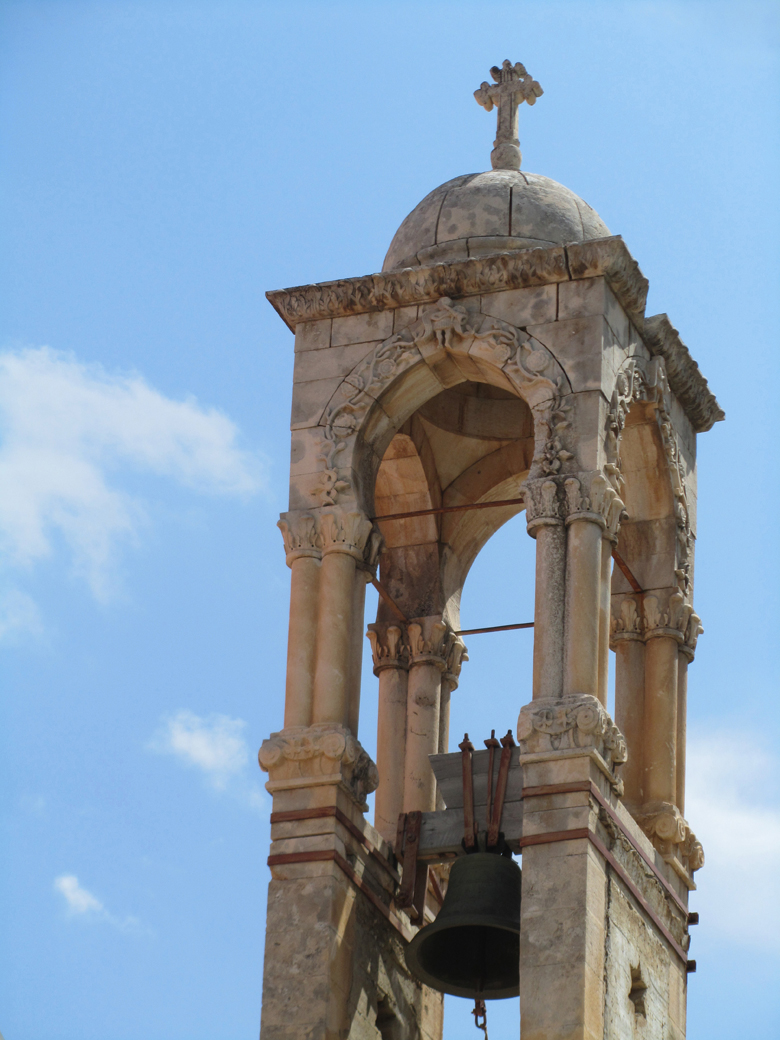
The church of St. Jude is one of the most important archaeological landmarks to visit and some sources trace its construction back to Crusader times. St. Jude, one of the 12 Apostles of Jesus, is also the Patron Saint of Hasroun, thus the church holds great symbolic value. It is characterized by a short bell tower and a low, arched entrance, carved out of the stone wall that surrounds it.

DIVE INTO LEBANESE HISTORY
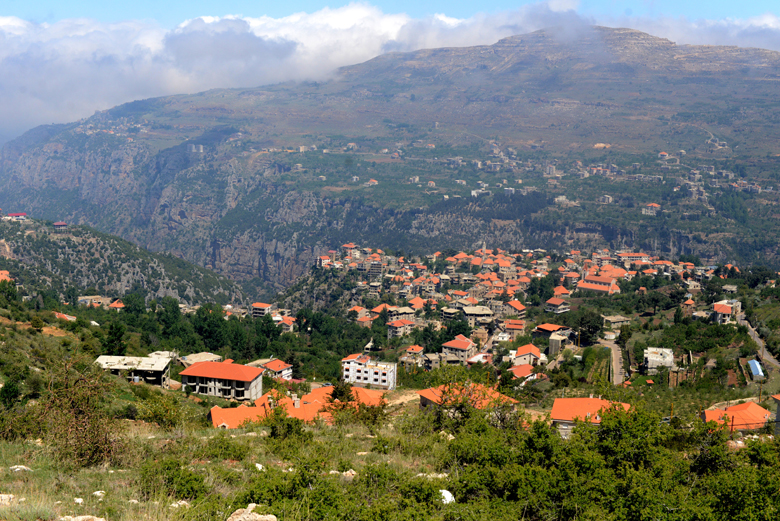
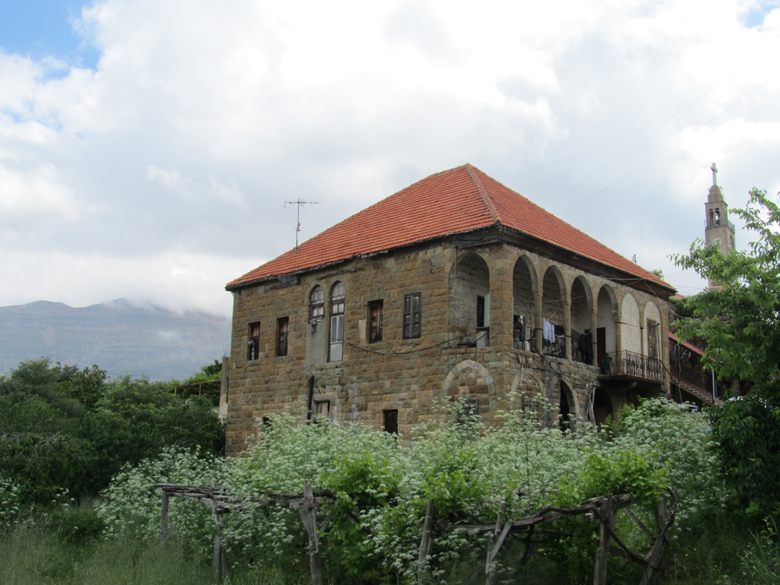
LOSE YOURSELF
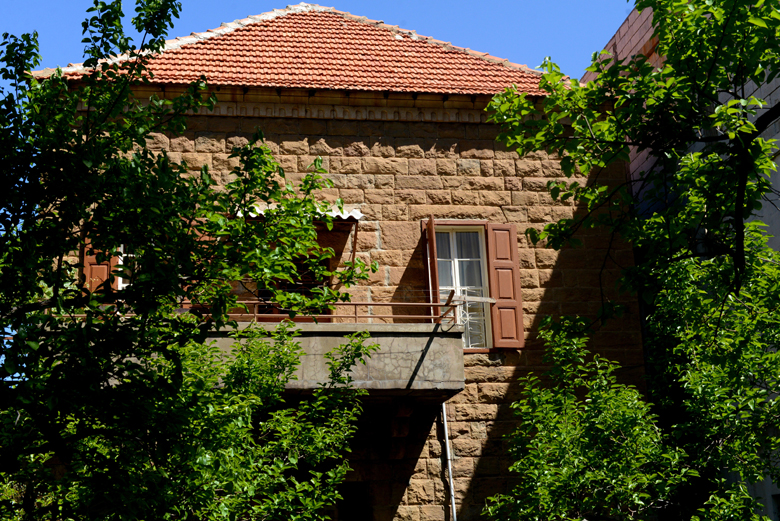
Follow in the footsteps of travelers and painters from all over the world who were inspired and charmed by the village. Emily Anne Beaufort lauded Hasroun as “the most luxuriant spot…in Lebanon” in her book “Egyptian sepulchers and Syrian shrines” (1862), noting that “every inch of soil is cultivated and the place is buried in thickets and forests of thorns.” The Egyptian artist Marguerite Yazbek painted landscapes of the village, juxtaposing its fiery red roofs with the green of the cedars surrounding it.
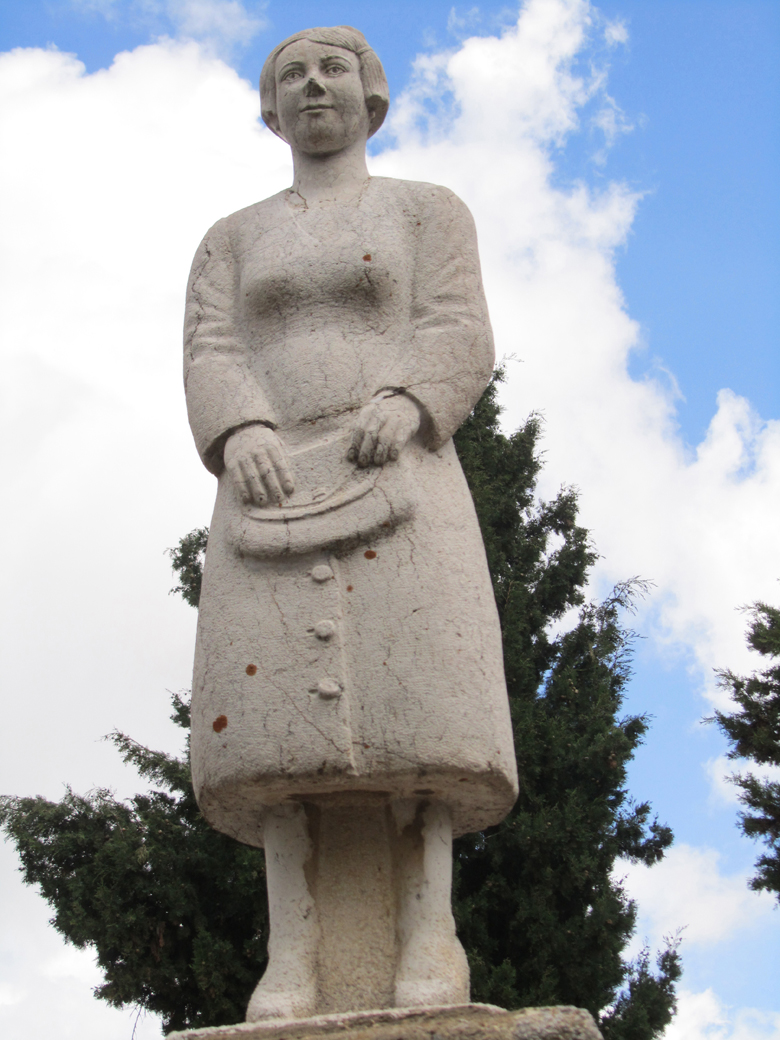
HIKE ALONG THE LMT

Loading

